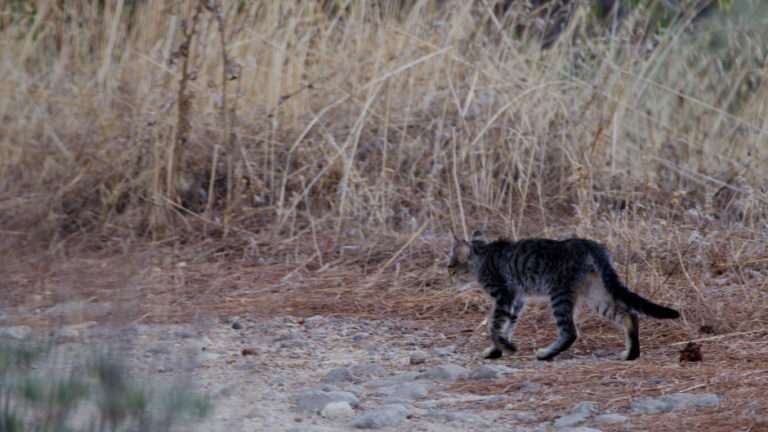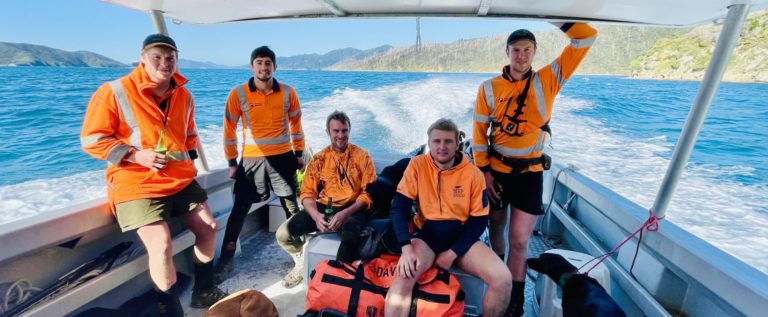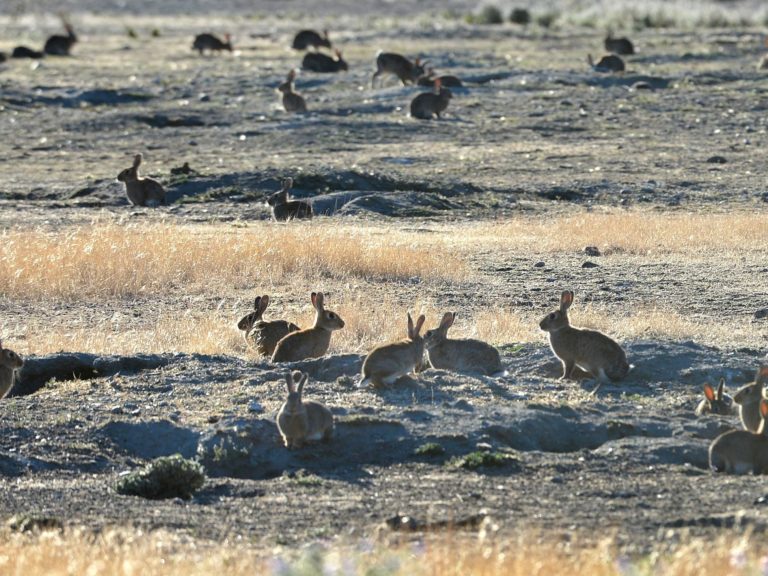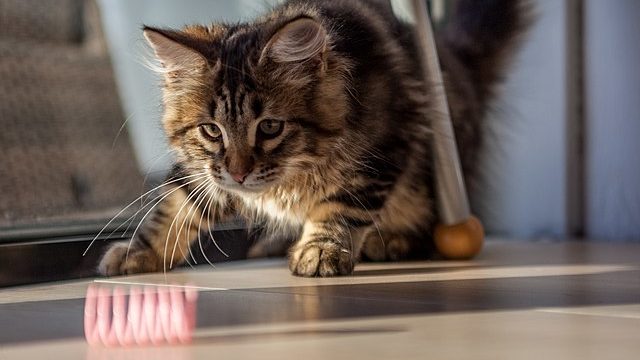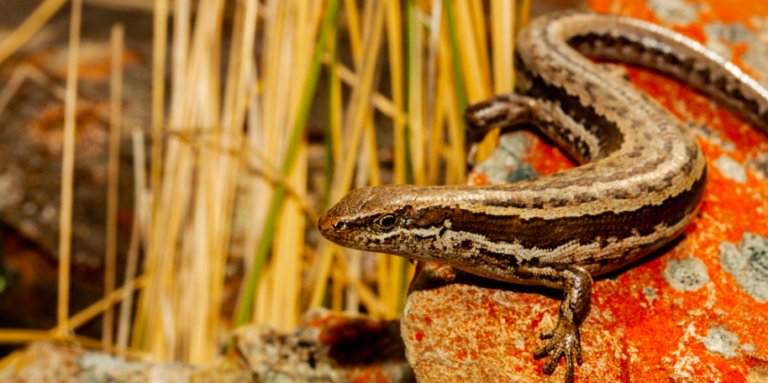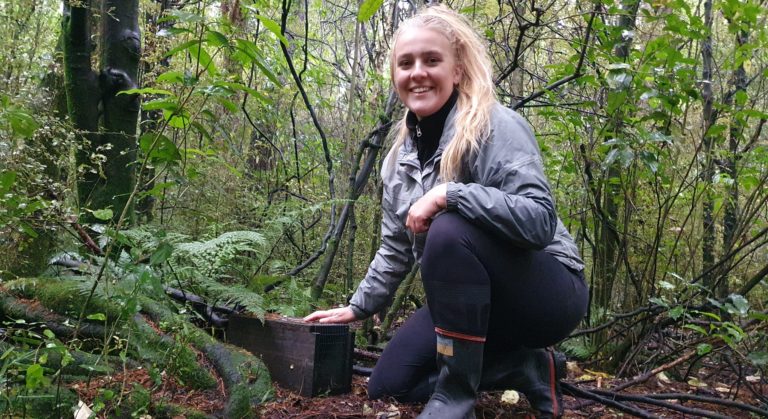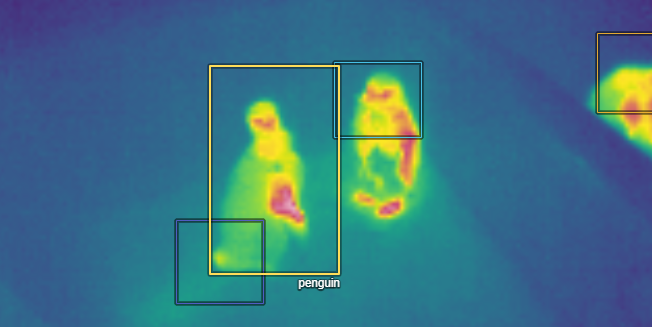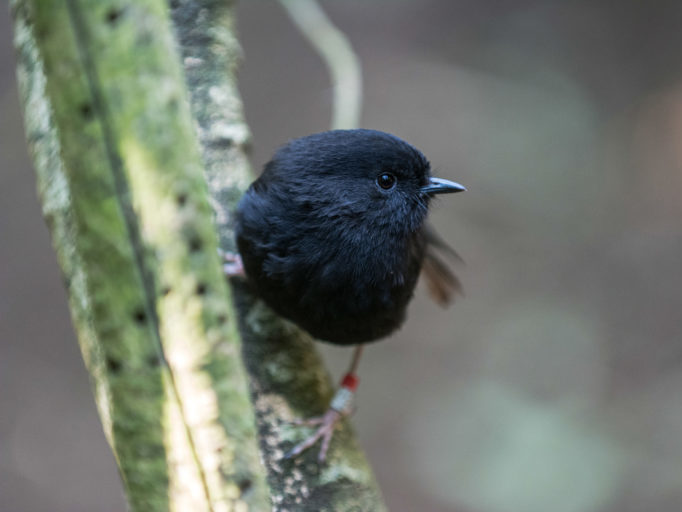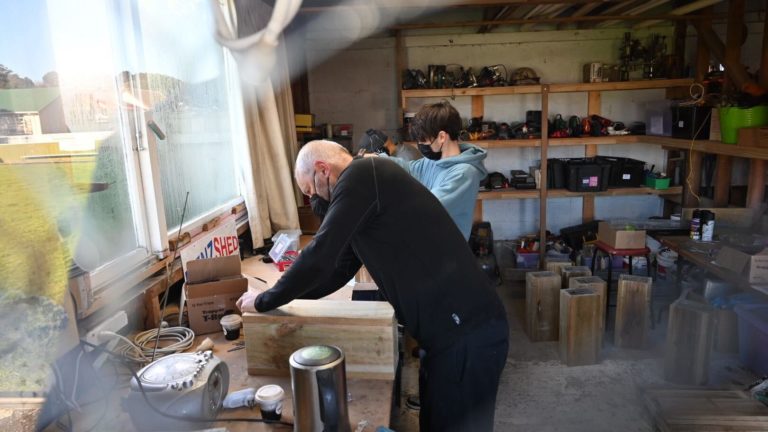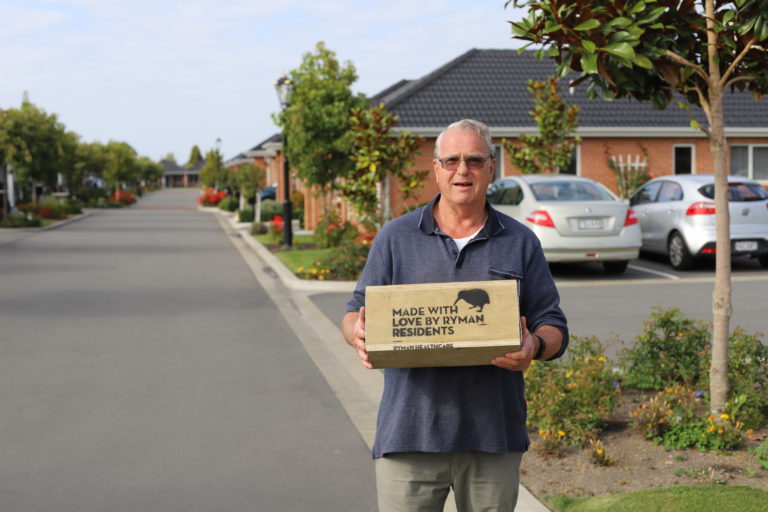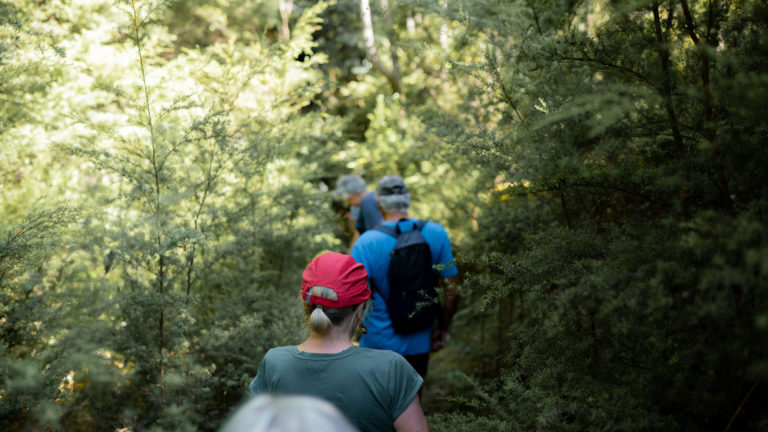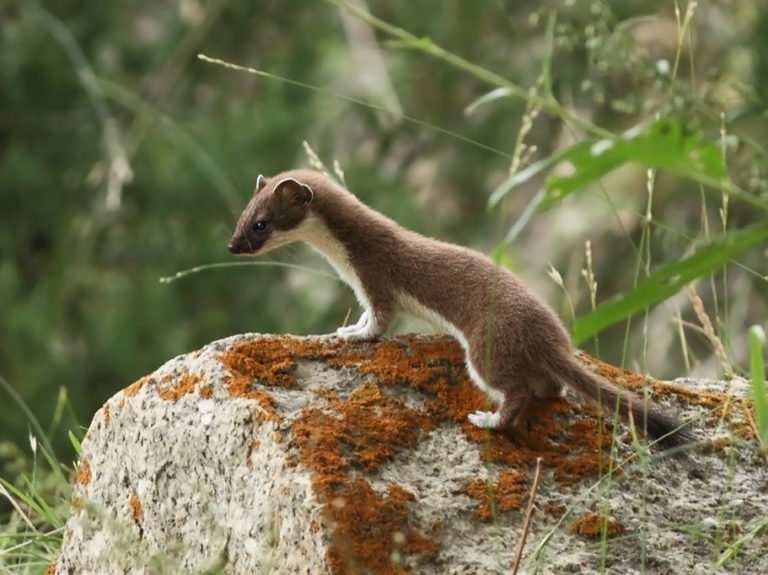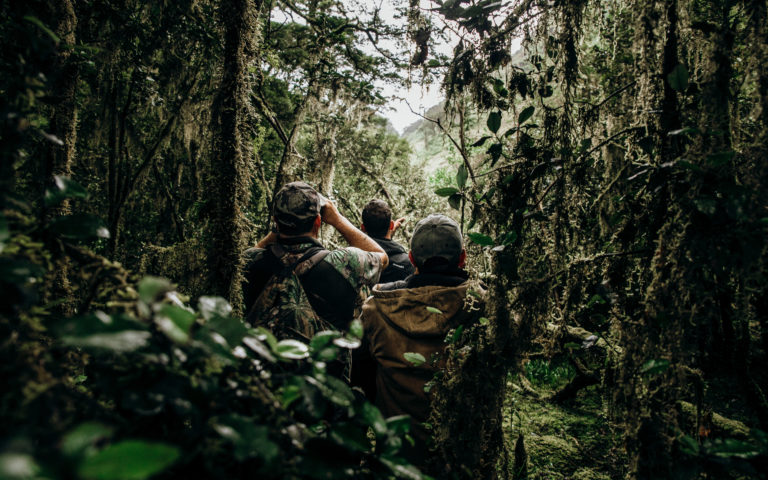Bright future: 5 rangatahi shaping conservation
When it comes to protecting nature, these five rangatahi “understood the assignment”. There’s a question mark hanging over their future ability to enjoy wildlife and…
Science fiction meets reality: “ultimate device” to bring back birdsong
After hearing Aotearoa New Zealand described as “a cathedral without a choir” serial inventor and engineering wizard Grant Ryan (Kāti Huirapa) knew he needed to…
The feral factor – new research into roaming feral cats
Feral cats live on every continent except Antarctica – surviving in deserts, forests, farms, and cities. But even though they can live almost anywhere, some…
Putting down roots
A gutsy group of Queen Charlotte Sound locals are chasing their dream of a regenerated native forest. Propelled by community camaraderie the group has removed…
Rabbit control could help us towards a predator free future
Controlling introduced mammal predators can lead to an increase in native birds, lizards, and invertebrates – but could fewer predators also lead to an unwelcome…
Cat catastrophe: Why are we behind Australia in managing cats?
Part 1: One massive problem, two different approaches As Kiwis, we pride ourselves on leading the world when it comes to protecting our native species.…
Sunny side up: skinks are changing up their sun-bathing to avoid cats
When four-legged predators first arrived in Aotearoa New Zealand, the native wildlife didn’t know what had hit them. That was over 200 years ago. Now…
‘Putting power in their hands’: the student teaching a community to trap
Predator Free Riccarton is one of the newest community trapping groups in Christchurch and there’s plenty of work ahead for the tenacious group of volunteers.…
Getting smart: is Artificial Intelligence the key to Predator Free 2050?
Aotearoa New Zealand has made huge strides towards the Predator Free 2050 (PF2050) goal, but many believe we need new technologies to get to the…
Is the future of the Chatham Islands predator free?
Before the arrival of humans, the Chatham Islands were teeming with animal life. Geographically isolated for millions of years, fauna and flora living on the…
The light at the end of the trapping tunnel
It turns out it’s not just the birds that benefit from backyard trapping. Research by Zealandia’s Centre for People and Nature shows being involved in…
Meet the talented trap-building retirees
Do you think retirement means putting your feet up with a good book and a cup of tea? Think again. Lynn Andrews, a 75-year-old retiree,…
How aware are New Zealanders of the predator free movement?
The Trust recently undertook some research to “Better understand the health of the Predator Free movement”. The research measures New Zealanders’ awareness and understanding of…
Odour lures offer a new temptation to stoats
Trapping using food-based lures of hens’ eggs and rabbit meat, with long-life rabbit is the main stoat control method in New Zealand. But stoats vary…
Flora, fauna and Flightless: the predator free mission at the heart of a southwest business’s success
Right down the bottom of Aotearoa, in the southwest corner – where kākā monkey around in the trees and humpback whales breach the surface of…



